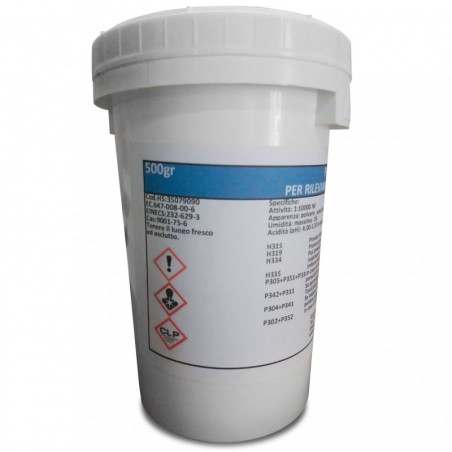This study evaluated the use of an avirulent live Salmonella Choleraesuis vaccine to reduce the seroprevalence and number of Salmonella carrier pigs at slaughter. Seven batches of 500 pigs were included in each of the two study groups: the vaccinated group (VG) that was orally vaccinated and the control group (CG) that received a placebo on the first day of life. The groups were managed in a three-site system and followed up from birth to slaughter. Blood samples (n=378) were collected from each VG and CG to monitor the on-farm seroprevalence in both groups. Mesenteric lymph nodes and blood from animals (n=390) belonging to each group were collected at slaughter.
At the first day of life, the seroprevalence in control batches ranged from 77.9 to 96.3 per cent, while in vaccinated batches, it ranged from 66.6 to 92.6 per cent. At weaning (21 days of age), the number of seropositives decreased in both groups (mean of 12 and 3.7 per cent for CG and VG, respectively). At slaughter, batches of VG had a significantly (P<0.0001) lower seroprevalence (46.6±5 per cent) and isolation of Salmonella from lymph nodes (33.1±5 per cent) compared with CG batches (79.7±4 per cent and 59.5±5 per cent, respectively).

The results indicate that administration of a Salmonella choleraesuis-attenuated vaccine on the first day of life decreases Salmonella isolation and seroprevalence in pigs at slaughter.
P. Schwarz, J. D. Kich, J. Kolb, and M. Cardoso. Use of an avirulent live Salmonella Choleraesuis vaccine to reduce the prevalence of Salmonella carrier pigs at slaughter. Veterinary Record 2011;169:553 doi:10.1136/vr.d5510.




